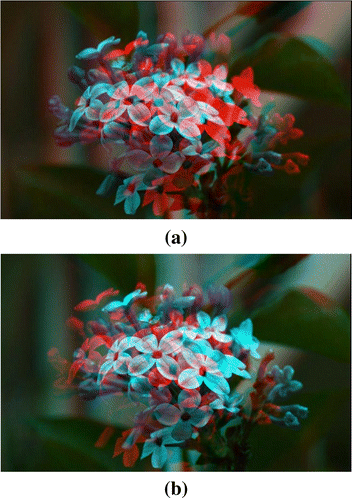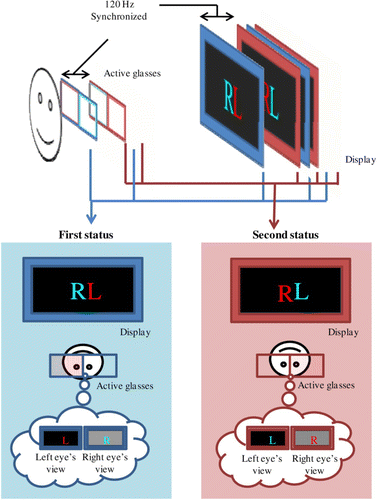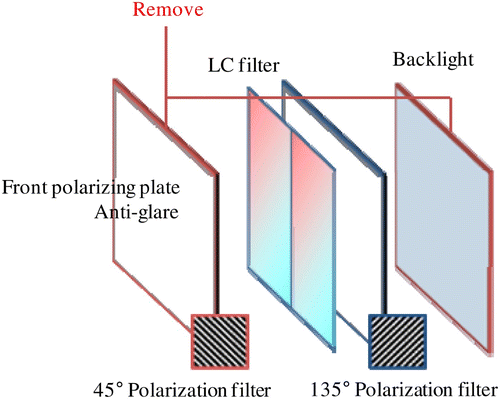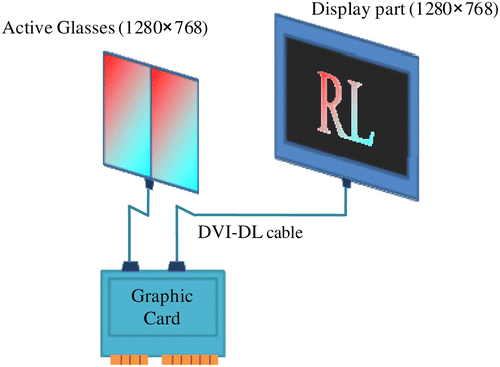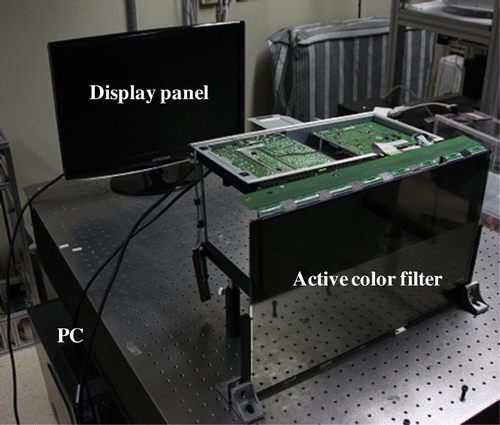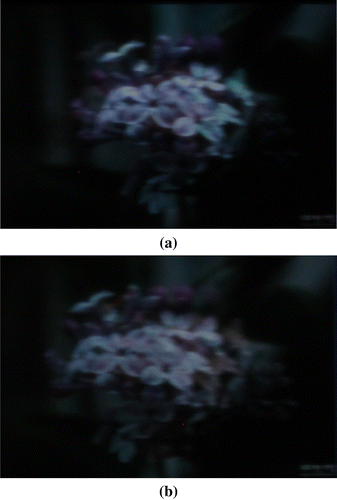Figures & data
Figure 2. The mechanism of how the observer sees full-color 3D images with the synchronized active color filter and the display panel.
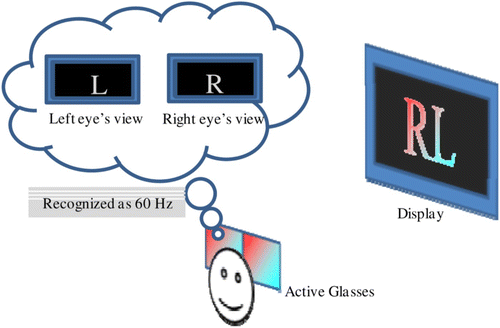
Figure 6. The original images that were used in the image separation experiment: (a) the left-eye image; and (b) the right-eye image.
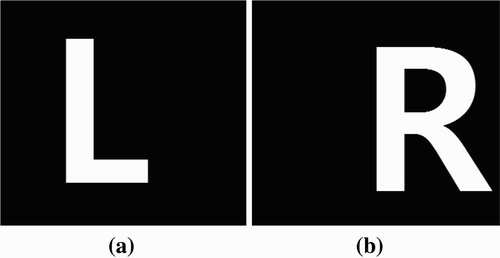
Figure 7. The rendered images in the image separation experiment: (a) the first-status image and (b) the second-status image.
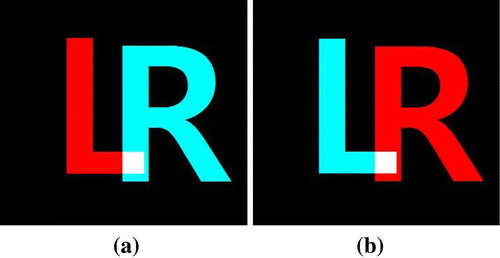
Figure 8. The original images that were used in the experiment with stereoscopic images: (a) the left-eye image and (b) the right-eye image.
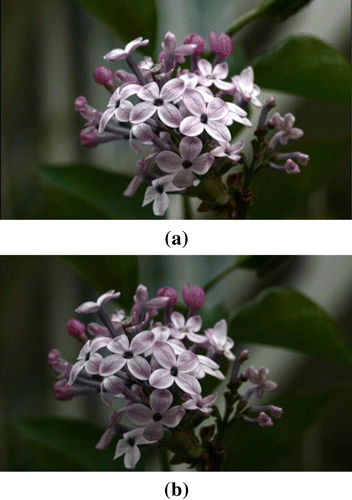
Figure 9. The rendered images in the experiment with stereoscopic images: (a) the first-status image and (b) the second-status image.
